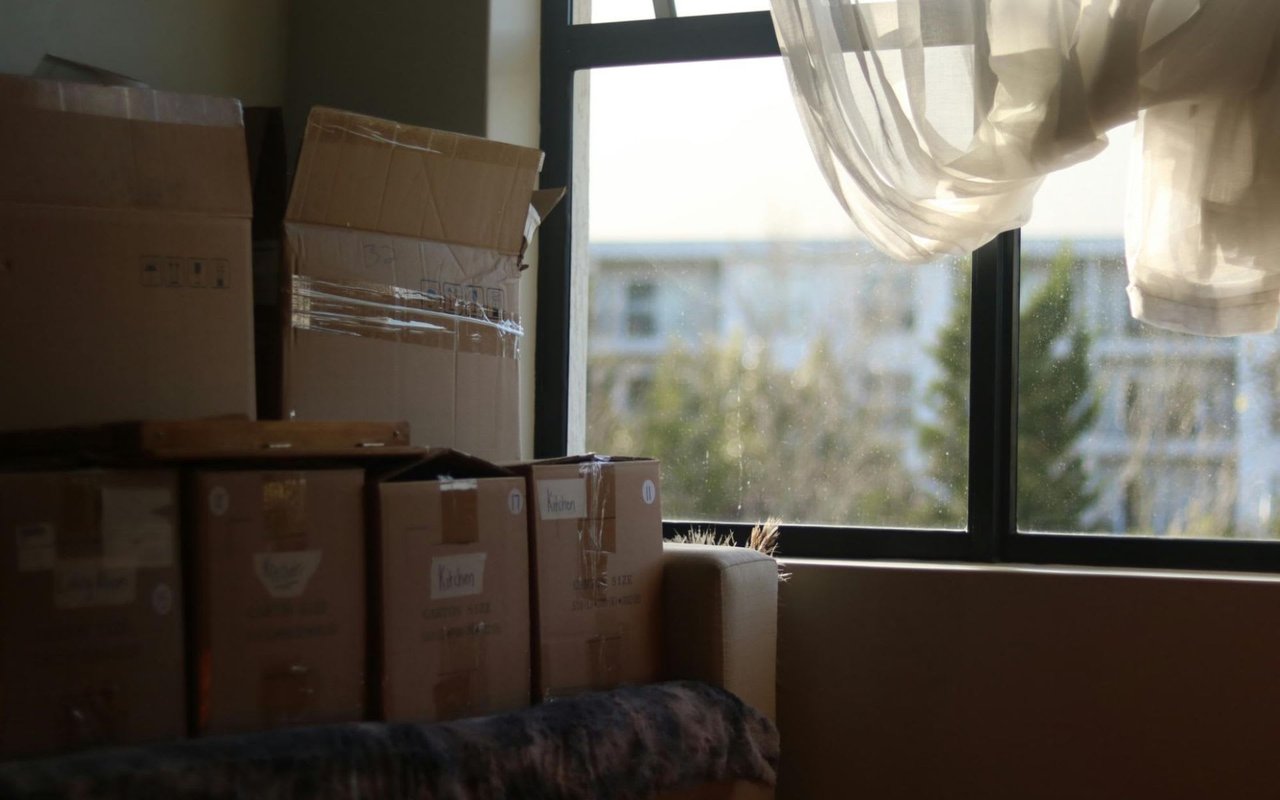Moving during the winter months presents unique challenges and opportunities. While inclement weather and shorter days can complicate logistics, strategic planning can help ensure a smooth transition. This guide outlines key considerations and practical tips for anyone planning on moving in the winter.
Understanding the Challenges of Winter Moving
Winter weather can significantly impact the moving process. Snow, ice, and cold temperatures pose risks not only to the moving team but also to belongings and property. To mitigate these challenges, it is crucial to understand the specific risks associated with winter moving.
Weather conditions play a significant role in winter moves. Snow and ice can make driving hazardous, increasing the potential for accidents. Slippery sidewalks and driveways can lead to falls, making safety a priority. Daylight hours are another concern. Shorter days limit visibility, complicating the moving process and potentially leading to delays in loading and unloading the moving truck. Furthermore, cold temperatures can affect both people and materials. Sensitive items, such as electronics and certain types of furniture, may be damaged if exposed to extreme cold for extended periods.
Weather conditions play a significant role in winter moves. Snow and ice can make driving hazardous, increasing the potential for accidents. Slippery sidewalks and driveways can lead to falls, making safety a priority. Daylight hours are another concern. Shorter days limit visibility, complicating the moving process and potentially leading to delays in loading and unloading the moving truck. Furthermore, cold temperatures can affect both people and materials. Sensitive items, such as electronics and certain types of furniture, may be damaged if exposed to extreme cold for extended periods.
Planning Ahead for a Successful Move
To navigate the unique challenges of winter moving, thorough planning is essential. Choosing the right time is the first step. Scheduling the move during a milder period within the winter months can significantly ease the process. Monitoring weather forecasts can help identify the best days for moving.
Booking professional movers early is also vital. Many people avoid moving in the winter, resulting in lower demand for moving services. Bookings made well in advance can lead to cost savings. It is advisable to research local moving companies that have experience with winter moves and secure a contract accordingly. Preparing the home ahead of time is crucial. Clearing pathways of snow and ice and addressing any necessary repairs, such as heating issues, will create a safer environment for the movers.
Booking professional movers early is also vital. Many people avoid moving in the winter, resulting in lower demand for moving services. Bookings made well in advance can lead to cost savings. It is advisable to research local moving companies that have experience with winter moves and secure a contract accordingly. Preparing the home ahead of time is crucial. Clearing pathways of snow and ice and addressing any necessary repairs, such as heating issues, will create a safer environment for the movers.
Packing and Protecting Belongings
Proper packing is crucial for any move, but winter requires additional considerations to protect items from the elements. Using weather-resistant materials is essential. When packing, it is wise to use boxes that can withstand cold and moisture. Waterproof containers or plastic bins can offer additional protection for sensitive items. Insulating fragile items is another important step. Wrapping fragile items in blankets or bubble wrap helps prevent damage from temperature fluctuations, and placing them in insulated containers can provide added protection.
Labeling boxes clearly is important to ensure smooth handling. Using clear labeling for all boxes, particularly those containing weather-sensitive items, will help ensure that fragile items are treated with care during the moving process.
Labeling boxes clearly is important to ensure smooth handling. Using clear labeling for all boxes, particularly those containing weather-sensitive items, will help ensure that fragile items are treated with care during the moving process.
Managing Logistics on Moving Day
Logistics play a crucial role in ensuring everything goes smoothly on the day of the move. Monitoring weather conditions closely is essential. Keeping a close eye on weather updates leading up to and on moving day will help identify any necessary adjustments to plans.
Dressing appropriately is vital for everyone involved in the move. Ensuring that family members and hired movers are dressed in layers, with gloves and waterproof footwear, will help keep everyone comfortable and safe throughout the day. Protecting entryways should also be a priority. Using mats or carpets will prevent mud and snow from being tracked into the home, protecting flooring and keeping the area safe for all involved.
Dressing appropriately is vital for everyone involved in the move. Ensuring that family members and hired movers are dressed in layers, with gloves and waterproof footwear, will help keep everyone comfortable and safe throughout the day. Protecting entryways should also be a priority. Using mats or carpets will prevent mud and snow from being tracked into the home, protecting flooring and keeping the area safe for all involved.
Safety Considerations
Safety should always be a priority during any move, but winter presents additional risks. Staying hydrated and energized is crucial, as cold weather can dehydrate the body without obvious signs. Ensuring everyone involved has access to water and snacks throughout the day will help maintain energy levels.
Taking regular breaks during the moving process is also important. Moving can be physically demanding, especially in cold weather, so encouraging frequent breaks will prevent exhaustion and help everyone stay warm. Additionally, having a first aid kit ready is wise. Quick access to supplies can prevent minor injuries from becoming larger problems during the move.
Taking regular breaks during the moving process is also important. Moving can be physically demanding, especially in cold weather, so encouraging frequent breaks will prevent exhaustion and help everyone stay warm. Additionally, having a first aid kit ready is wise. Quick access to supplies can prevent minor injuries from becoming larger problems during the move.
Post-Move Considerations
Once the move is complete, there are additional steps to ensure a smooth transition into the new home. Unpacking strategically is essential. It is advisable to begin unpacking essential items first, focusing on creating a comfortable environment despite the winter weather. Checking heating systems is also crucial. Once settled in, ensuring that heating systems are functioning properly is vital for maintaining comfort during the winter months.
Start Your Winter Moving Journey Today
Moving in the winter can be a rewarding experience when approached with proper planning and precautions. Individuals can ensure a smooth transition into their new home by understanding the challenges, preparing adequately, and focusing on safety. For those considering a winter move, utilizing these guidelines will make the process manageable and enjoyable, turning potential challenges into opportunities for growth and new experiences.
Are you considering a winter move? Whether you're looking for cozy neighborhoods or strategic investment opportunities, don’t let winter weather hold you back. Contact Arbor Crowne Properties to find your dream home today.
Are you considering a winter move? Whether you're looking for cozy neighborhoods or strategic investment opportunities, don’t let winter weather hold you back. Contact Arbor Crowne Properties to find your dream home today.




